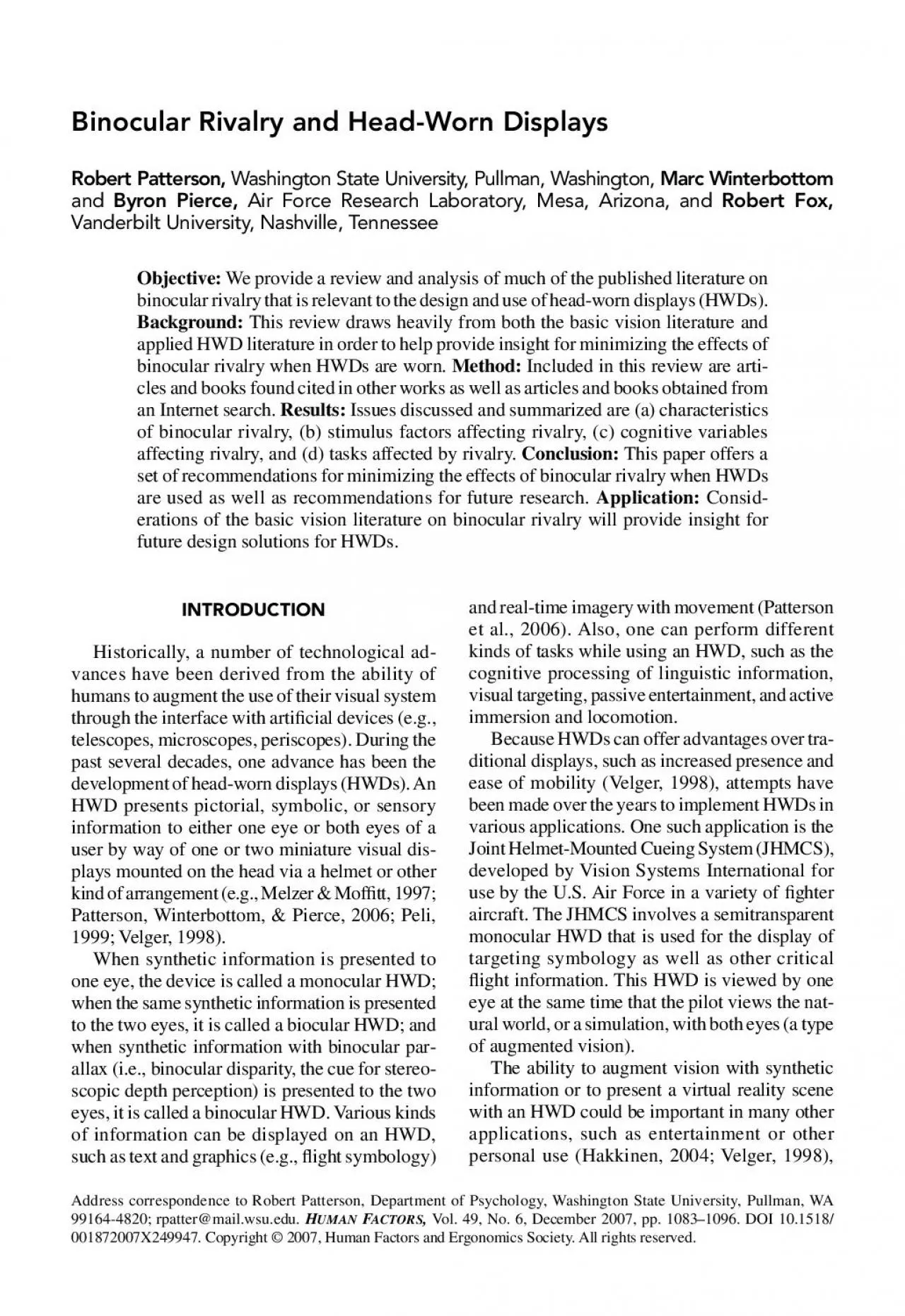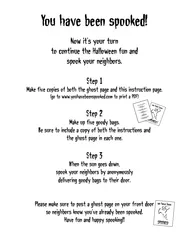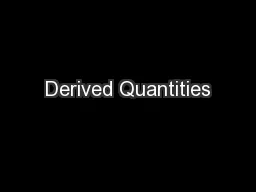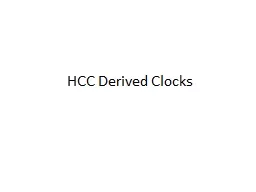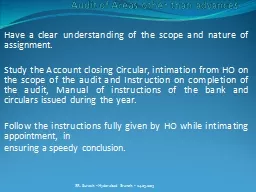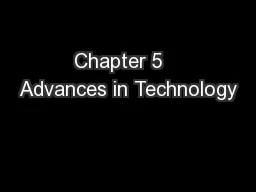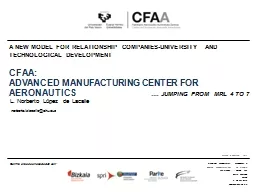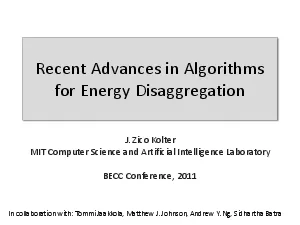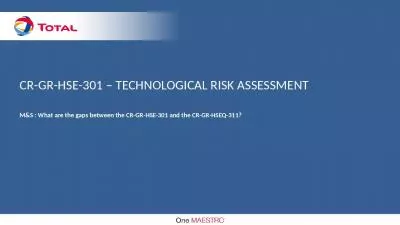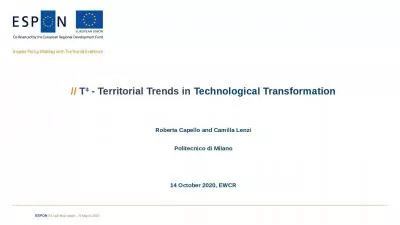PDF-Historically a number of technological advances have been derived fr
Author : white | Published Date : 2022-08-16
Binocular Rivalry and HeadWorn Displaysashington State University Pullman Washington Marc WinterbottomByron PierceAir Force Research LaboratoryMesa Arizona and anderbilt
Presentation Embed Code
Download Presentation
Download Presentation The PPT/PDF document "Historically a number of technological a..." is the property of its rightful owner. Permission is granted to download and print the materials on this website for personal, non-commercial use only, and to display it on your personal computer provided you do not modify the materials and that you retain all copyright notices contained in the materials. By downloading content from our website, you accept the terms of this agreement.
Historically a number of technological advances have been derived fr: Transcript
Download Rules Of Document
"Historically a number of technological advances have been derived fr"The content belongs to its owner. You may download and print it for personal use, without modification, and keep all copyright notices. By downloading, you agree to these terms.
Related Documents

